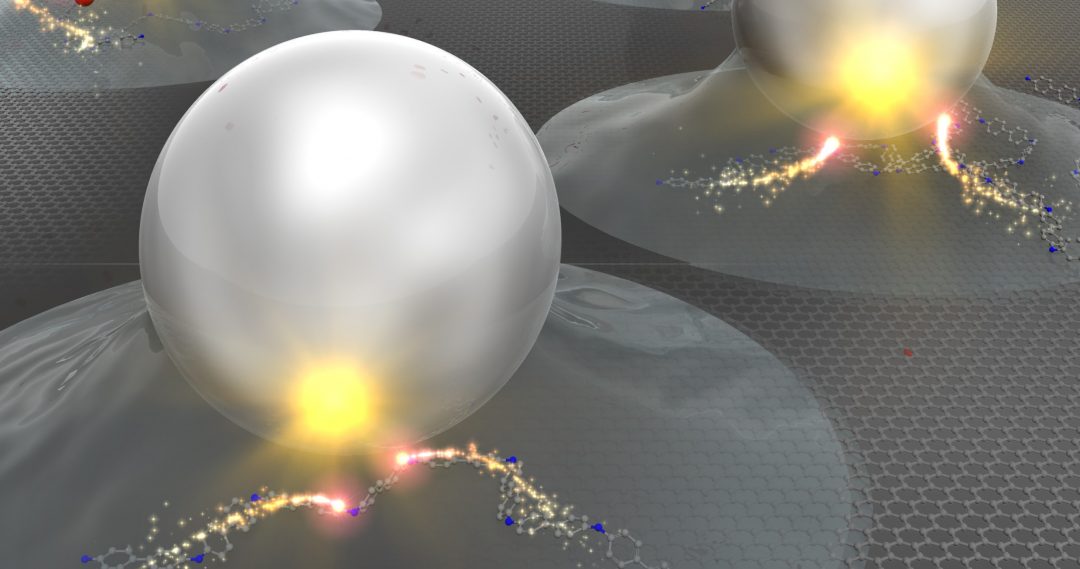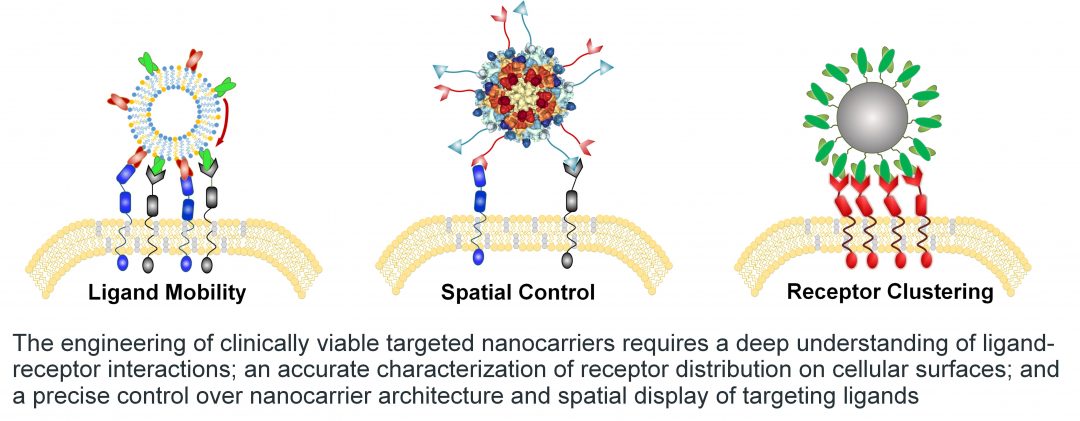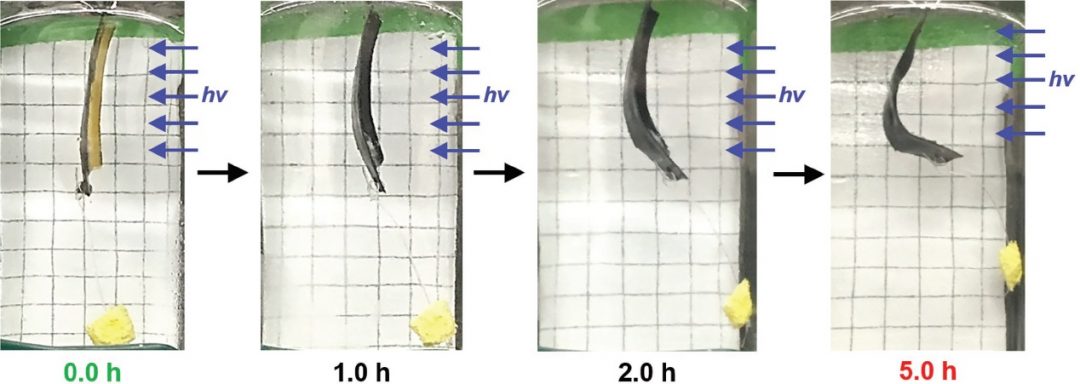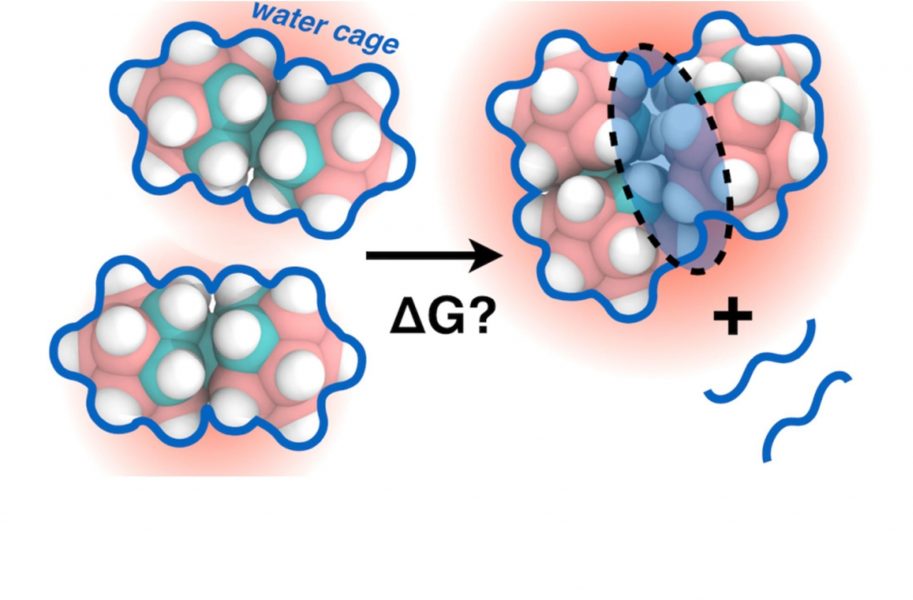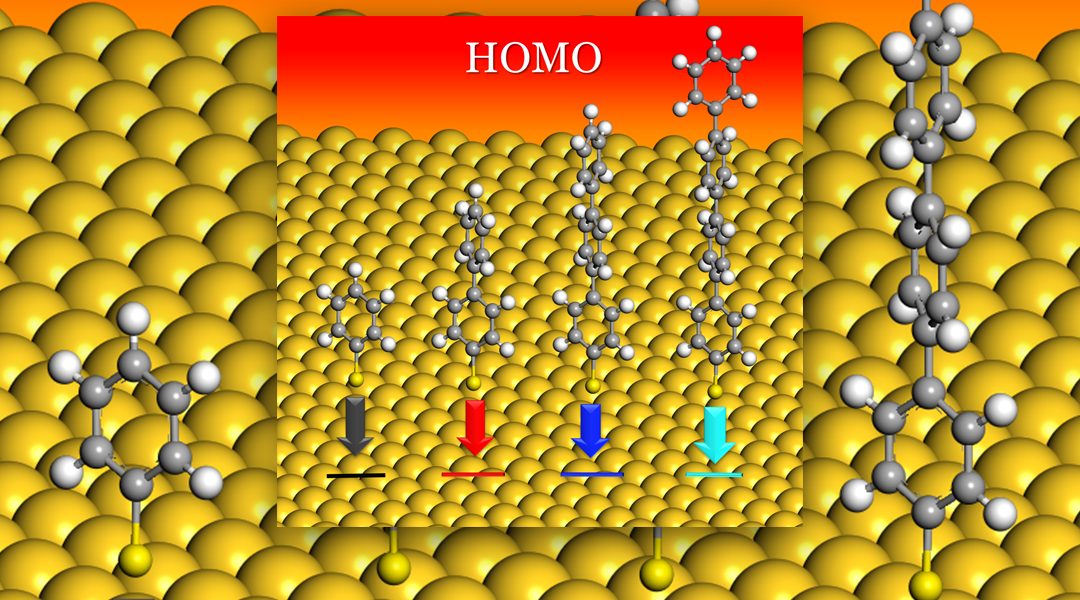A functional hybrid ink for 3D-printed hydrogels is developed by Shlomo Magdassi from the Hebrew University of Jerusalem, Yi Long from Nanyang Technological University, and their colleagues. Their simple approach enables the printing of smart materials with high flexibility.
![A Hybrid Hydrogel Ink for Smart Materials [Video]](https://www.advancedsciencenews.com/wp-content/uploads/2018/02/adfm201705365_ASM_image.png)


![A Detailed Study of Misfit Dislocations in Complex Oxides [Video]](https://www.advancedsciencenews.com/wp-content/uploads/2018/02/adfm201704437_ASN_image.png)
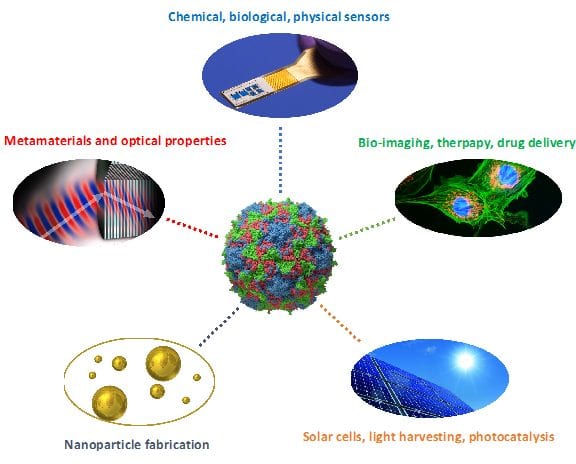
![Lipid-based Films for Biomedical Applications [Video]](https://www.advancedsciencenews.com/wp-content/uploads/2018/02/adfm201704356_ASN_image_without_logo.png)
